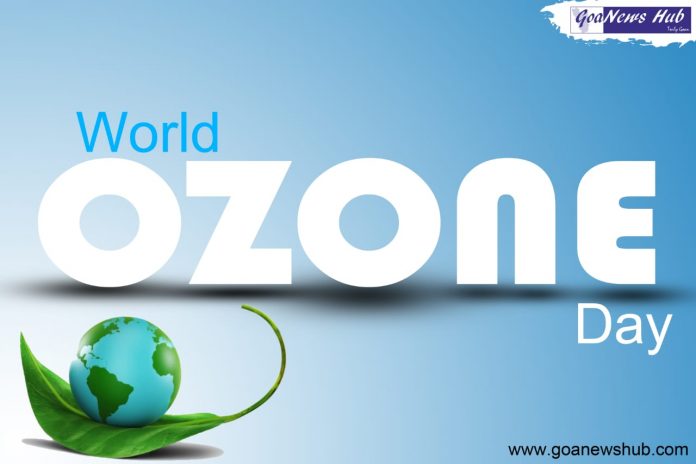Panaji: The ozone layer, responsible for protecting the earth from the ultraviolet rays, showed signs of depletion which has raised concerns among experts and called for action. World Ozone Day, observed on September 16, is celebrated to spread awareness about the depletion of the Ozone Layer and search for ways to preserve it.
The theme for World Ozone Day 2020 is ‘Ozone for life: 35 years of ozone layer protection’ as it marks 35 years of the Vienna Convention.
The United Nations and 45 other countries had signed the Montreal Protocol on substances that deplete the Ozone layer on September 16, 1987. Since then this day is celebrated as the International Day for the preservation of the Ozone layer. The purpose of the Montreal Protocol is to protect the Ozone layer by reducing the production of substances that are supposed to be responsible for Ozone layer depletion.
Speaking on the occasion, Executive Director of United Nations Environment Programme (UNEP) Inger Anderson in a video message stated that we need to unify as we seek to address nature loss, climate change and pollution in the wake of the COVID-19 pandemic and the discussions on the replenishment of the multilateral fund.
“This convention and its Montreal Protocol united the world to cut out the gases creating a hole in the planet’s ozone layer, critical in shielding us against deadly UV radiation. This model of international cooperation has put the ozone layer on the road to recovery, protecting human and ecosystem health. Such cooperation demonstrates that when people work together, they can fix problems on a global scale,” Anderson stated.
The ozone layer is a protective shield that blocks the sun’s harmful ultraviolet rays from reaching the earth’s surface. However, the ozone layer is depleting due to man-made chemicals known as ozone-depleting substances (ODS). Gases including chlorofluorocarbons (CFC), hydrochlorofluorocarbons (HCFCs), halons, carbon tetrachloride, methyl chloroform, and methyl bromide have been scientifically proved by researchers for damaging the natural balance of stratospheric ozone. As a result, there has been a general thinning of the ozone layer over most of the globe, including between five to nine per cent depletion over Australia since the 1960s.



